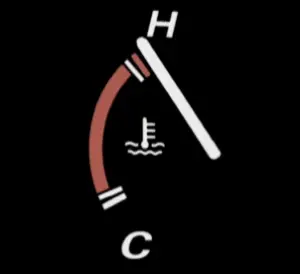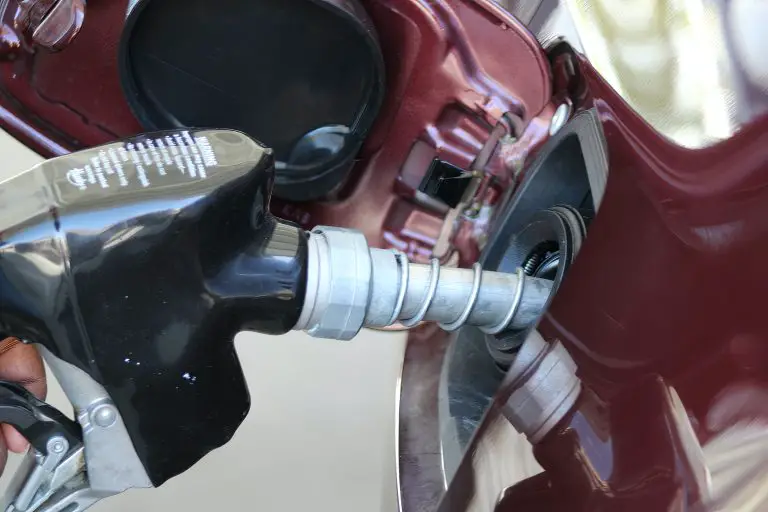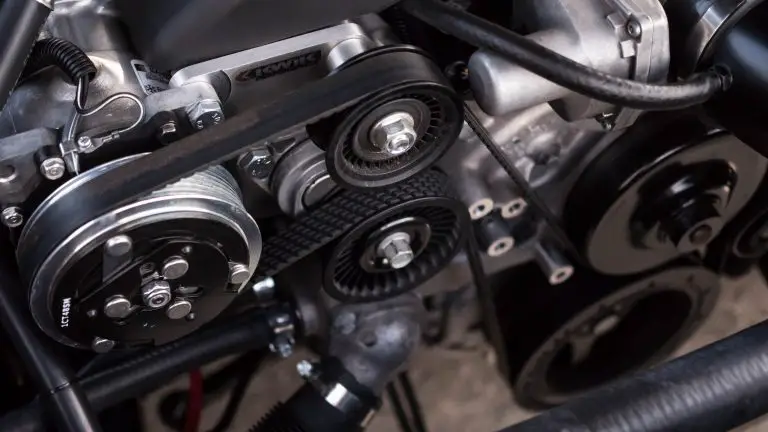How Long Can an Electric Car Go Without Charging?
The viability of EVs as an alternative to ICE vehicles is a dilemma.
With developments in this industry happening virtually by the day, battery ranges have gone up, and prices have come down, but what has remained constant is people’s uncertainty when it comes to owning an EV.
It is a new frontier, so the sense of distrust is understandable. How the battery behaves when the car is parked for an extended period is one of the questions being asked.
People don’t want a tow truck to come to their house if their car’s battery dies. Thankfully, most of the time, this will not be the case and we will explain why.
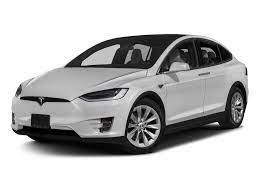
Do Electric Vehicles Lose Charge When Parked?
When the car is parked, the EV loses charge. The power loss is less than desirable.
The amount of charge lost shouldn’t affect the driver’s ability to get to their destination if the electric vehicle hasn’t been parked for a long time.
Many EV owners don’t understand why this has to happen at all.
Li-ion batteries are used in electric cars to control the vehicle’s motor. The monitoring system and the efficiency of the battery packs are what make battery drainage so reduced.
The discharge of a Li-ion battery will be relatively low.
The battery monitoring system that prevents overcharging and over-discharging, as well as maximizing the battery’s longevity, drains some portion of the charge.
The other background systems do this as well.
If the car stays parked for a couple of weeks, you will lose a little, but this loss grows if you leave the car idling for a long period.
Under ideal conditions, electric vehicles should lose less than 3% of their battery charge every month.
How Long Your Charged Car Can Stay Parked?
Taking care of your electric vehicle isn’t just about driving. Keeping appropriate battery levels for extended periods is dependent on properly charging the car’s battery.
As an electric vehicle can go for months without being charged, you don’t need to worry about leaving it in the garage when you travel.
To achieve this longevity from the EV’s battery pack, you’ll need to charge it first to appropriate levels, usually around 50% for most electric cars.
Most people assume that if you charged the car you would get more downtime, but this is not the case.
If the battery cells are not fully charged for a long time, they can sustain damage. If these cars are left at low percentages for a long time, that’s the same thing.
It is inadvisable to leave your car idling if your battery level is less than 20%, according to the report.
Improving your EV’s battery life
Electric vehicle batteries are vulnerable to weather conditions. When exposed to high temperatures, their storage capacity begins to deplete; this is irreversible.
If you don’t have a garage or live in a warm area, you should park your vehicle under shade.
It is detrimental to your battery pack’s health if you park your car in the garage during cold autumn and winter.
Li-ion battery technology hits a new high every year, and this leads to improved performance and EV range.
Most electric and plug-in hybrid vehicles on our roads, regardless of their 0 to 60 mph time and their ranges, move with the aid of a relic – the 12V.
The Li-ion batteries work in tandem with the 12V ones, which help keep the electrical system, power door locks, and lights operational when the car is powered down.
If the 12V battery gets bricked, it doesn’t matter how much power you’ve saved, you’re still in trouble.
Bob Taenaka, a technical leader in Ford’s battery and cell system development department, was quoted by CarProUSA as saying it’s crucial to ensure the high-voltage battery and the 12 V battery stay adequately charged.
You should keep your vehicle at a charge of between 10% and 80%, according to him.
The Li-ion pack takes longer to drain than the 12V battery when the EV is parked, and this can be worsened by having the car in stasis with the battery still connected.
If you don’t plan on driving your EV for the next 30 days, make sure your 12V battery is protected with the following steps.
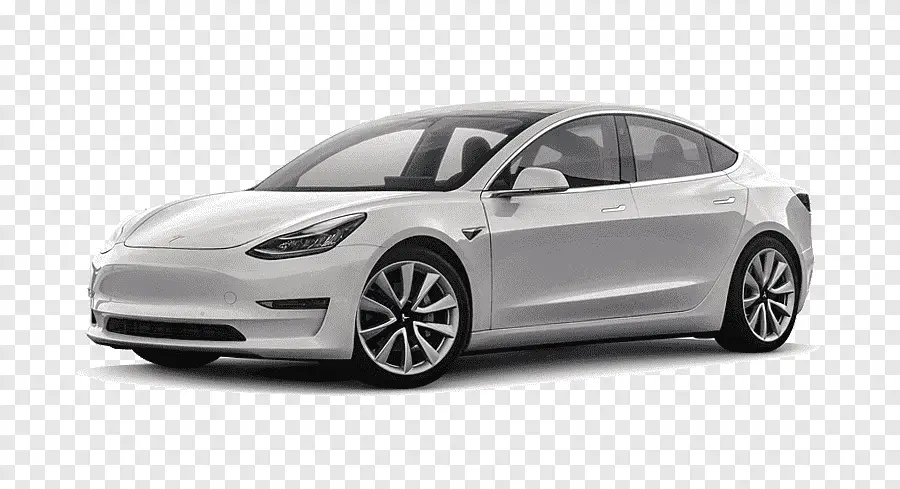
- If you have the know-how, you can remove the negative terminal of the battery.
- Leave the battery-electric or plug-in hybrid vehicle on the plug if you don’t know what step 1 is.
- You can link your 12V battery to the standard 12V battery charger if you are not comfortable with the first two steps. Allow it to remain on a slow charge after.
Check the features of your car to make sure they don’t drain your battery of power. This is usually sentry mode in the Teslas.
Your power storage will eventually go flat as it will continually drain. It is possible that such features can be disabled or turned off when you are not driving.

Truck driver by profession, automotive lover by heart. Ricky is the main publisher and editor at Truckile.com sharing his life-long knowledge and experience in the auto industry and truck driving!

